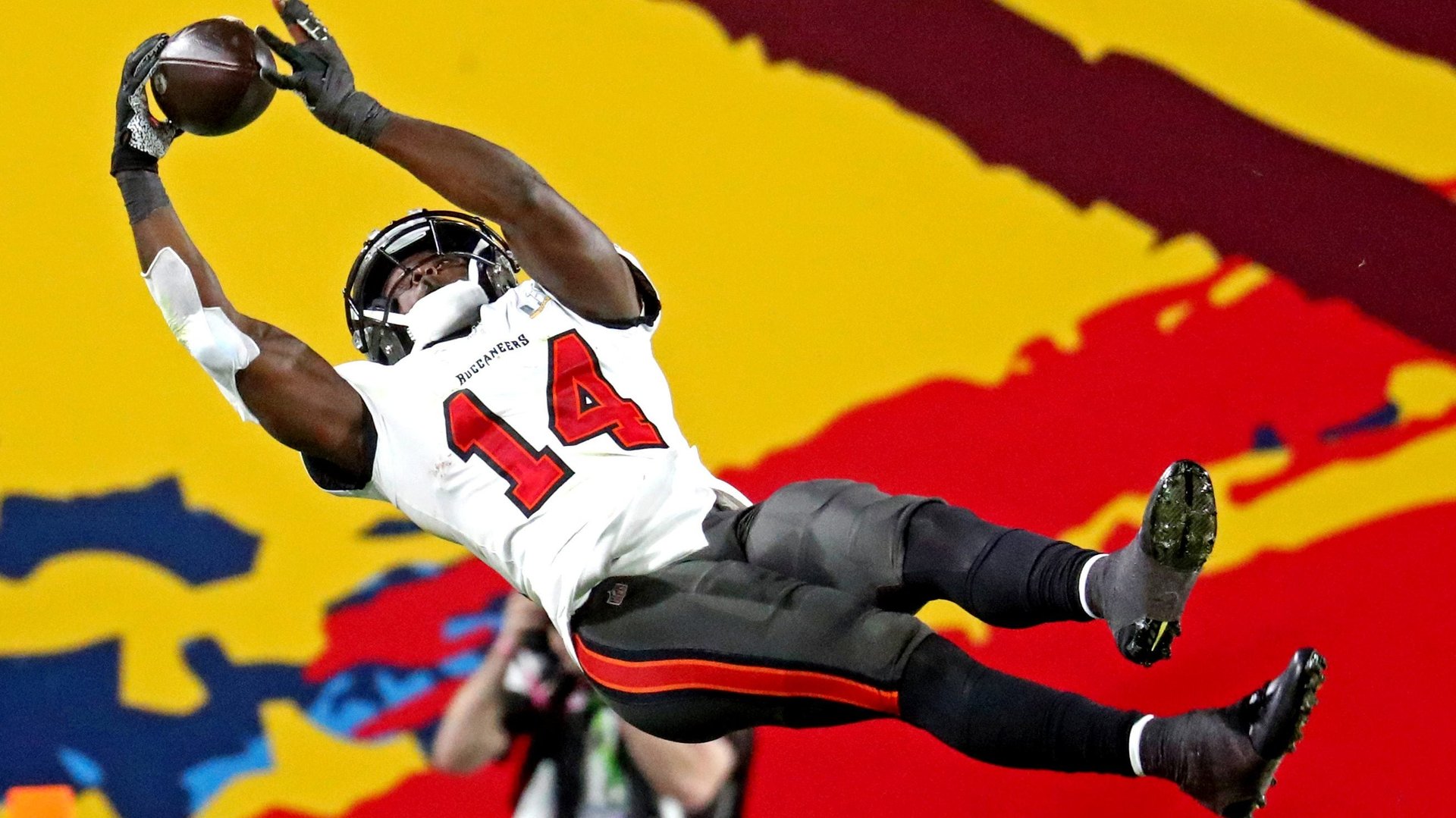The Super Bowl exposed streaming’s Achilles heel
As CBS relentlessly advertised its streaming service during the Super Bowl last night, subscribers to that service were having trouble watching the game. CBS All Access, which will be rebranded as Paramount+ in March, crashed for many viewers just as the game started. The problem was quickly fixed, and most users reported missing only a few minutes of the game.


As CBS relentlessly advertised its streaming service during the Super Bowl last night, subscribers to that service were having trouble watching the game. CBS All Access, which will be rebranded as Paramount+ in March, crashed for many viewers just as the game started. The problem was quickly fixed, and most users reported missing only a few minutes of the game.
But those few minutes could hold streaming services back years in their quest to take more live sports broadcasts away from old-fashioned TV. Until streaming becomes more reliable, sports leagues will be hesitant to fully trust the technology—especially because broadcast TV, for all its limitations, generally doesn’t crap out in the middle of big moments.
The Super Bowl streaming crash was the latest of several recent instances of streaming apps failing to handle big audiences during high-profile sporting events. Last year, Hulu’s live TV service also crashed right before the Super Bowl. In the 2018 game’s dramatic final moments, Hulu’s live stream went kerplunk. That same year, YouTube TV went down in the middle of the World Cup semifinal match between England and Croatia.
Like most things that once aired exclusively on regular TV, the future of live sports will likely be streamed. In order to get there, however, the underlying technology needs to prove it won’t falter under the weight of millions of viewers logging in to stream something at once. (Streaming tech issues aren’t limited to sports: HBO’s previous streaming app, HBO Go, used to occasionally crash during major episodes of Game of Thrones.) Old-fashioned TV’s audience might be dwindling, but at least that audience can reliably watch a whole game through without issue.
The only thing preventing the traditional cable bundle from deteriorating even further is live sports. Most surveys show that sports remain one of the biggest reasons cable TV subscribers pay exorbitant prices for packages from companies such as Verizon, AT&T, and Comcast. Sports networks like ESPN know this, and that’s why they’re able to charge those distributors premium fees in exchange for the ability to include those channels in their TV bundles. Without sports, the cable bundle falls apart much faster, but streaming just isn’t quite ready to shoulder the sports load on its own.
CBS’s Super Bowl streaming crash was tinged with irony, given that one of the top selling points of its soon-to-be expanded online platform is that it offers subscribers access to live sports (including football). The platform struggled to handle the very sporting event in which it was being advertised.